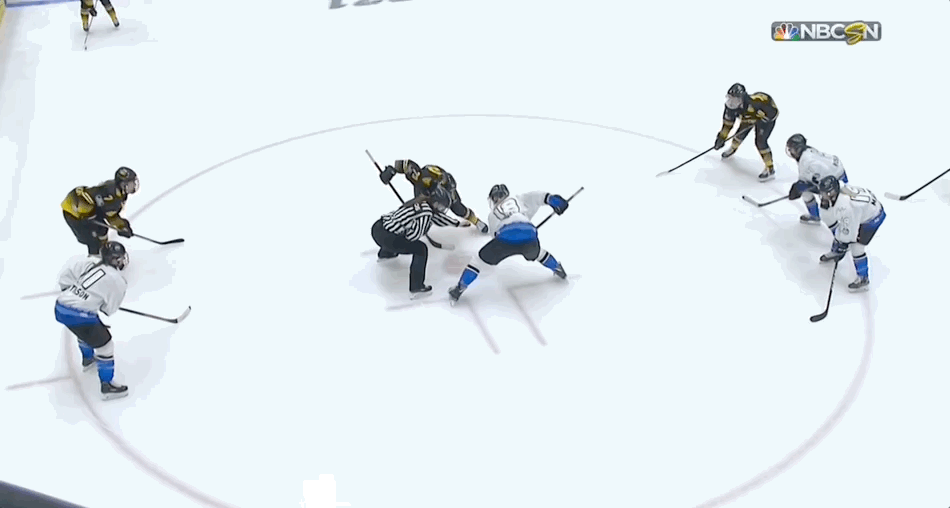
This was co-written by Mike Murphy, Alyssa Longmuir, and Shayna Goldman based on work for the Big Data Cup and Ottawa Hockey Analytics Conference.
As a result of women’s hockey analytics needing to play “catch up,” it’s not unusual to see analysts relying on stats that have already been proven to be less insightful in the men’s game. One such area of the game that is frequently highlighted at the collegiate, professional, and international levels of the women’s game are faceoffs.
Faceoffs have been covered extensively in men’s hockey, and much of that work points to the fact that faceoffs wins aren’t all that they’re chalked up to be. Back in 2015, Arik Parnass, now of the Colorado Avalanche, found, “This … aligns with what hockey analysis has found over the years when it comes to faceoffs. Overall, winning them just isn’t as important as it’s made out to be.”
While a great deal of work has been done on the importance (or lack thereof) of faceoffs in the men’s game the same cannot be said of women’s hockey. But why would it be any different?
Continue reading